Click on the title of this post to read the article in the Denver Post.
"The study by the U.S. Department of Agriculture — a survey and synthesis of existing research — paints a picture of sweeping changes in the next 30 to 50 years. The analysis is based on an assumed rise in the concentration of atmospheric carbon dioxide — the main greenhouse gas — from the current 380 parts per million to 440 ppm and a 2.16 degree Fahrenheit increase in average temperature.
"Some of the really marked impacts are happening in the West," said Peter Backlund, a lead author and researcher at the Boulder-based National Center for Atmospheric Research. "It is really daunting." The West may face changes in the following areas:
Arid lands
Juniper trees, forbs and woody plants may expand their range, taking advantage of the carbon dioxide in the air. Species such as saguaro cactus and Joshua trees may be threatened by increased fire risks. Drought and severe rainstorms also could lead to erosion.
Livestock production
Because livestock eat less in hot weather, there are projected increases in days to market in the West by 2040: 2.2 percent for cattle and 3.3 percent for pigs. A 2.3 percent delay — equal to 1.5 days — in the central U.S. would cost swine producers there $5 million a year.
Forest fires
The size and number of fires in the West have increased since 1985. The trend is linked to lower snowmelt and higher spring and summer air temperatures. In 2007, almost seven times as much forest acreage burned as in 1987, with many more high-elevation fires.
Insects and invasives
A warmer climate will spread the range of pests, such as the pine bark beetle and the spruce beetle, as well as expand the range of invasive, non- native grasses in the Southwestern deserts. This will increase fire risks in the areas.
Water
There has been a downward trend in snowpack water over the past 80 years because of changes in temperature and precipitation. Snow is melting an average 10 to 20 days earlier in Colorado, and by 2050 runoff could be reduced by 20 percent, according to one projection. "
Posts and Comments from Readers
Please include yourself in the discussion. Post a comment.
Wednesday, May 28, 2008
DENVER POST: USDA STUDY ON CLIMATE CHANGE & FUTURE OF AMERICAN WEST
Labels:
AMERICAN WEST,
Climate Change,
USDA
Subscribe to:
Post Comments (Atom)









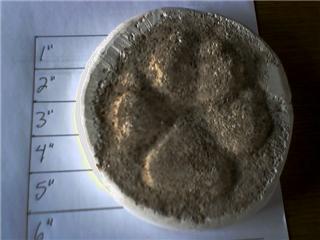


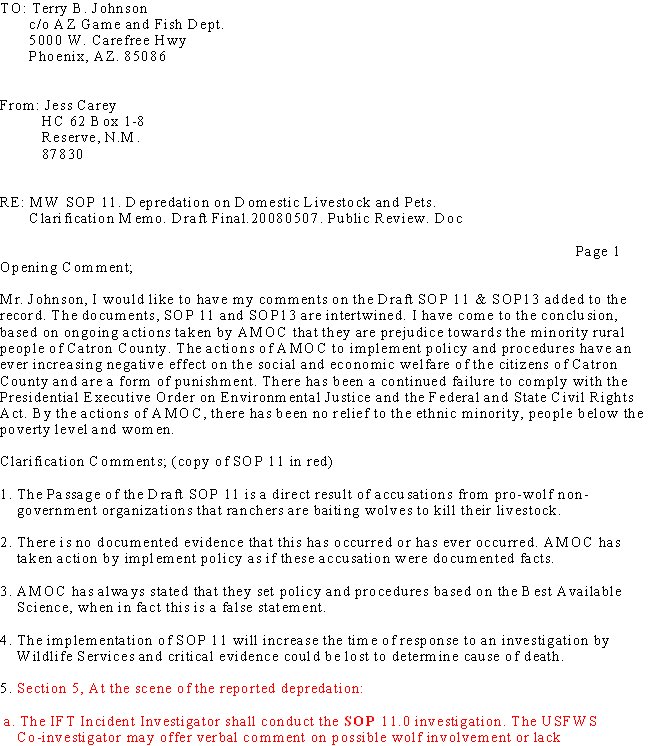
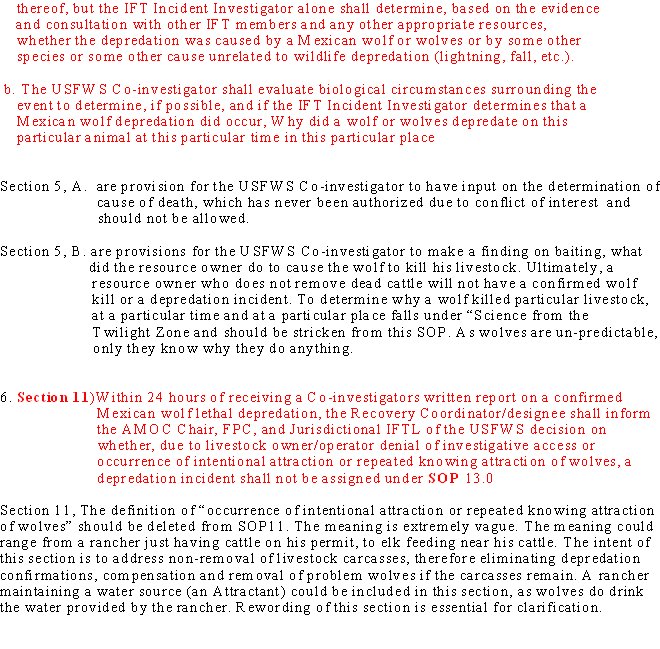
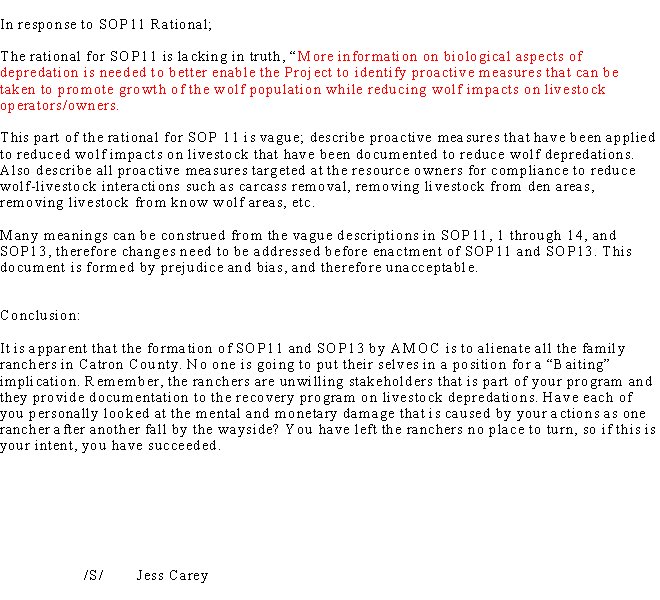

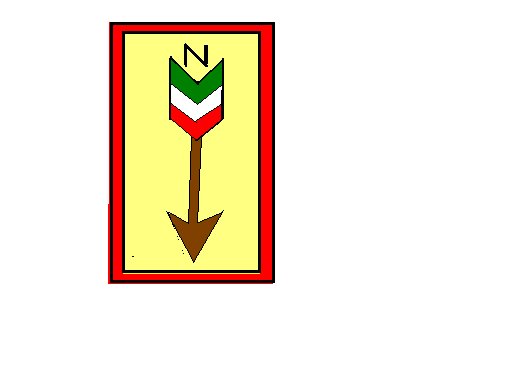


.jpg)


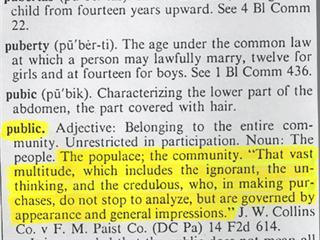












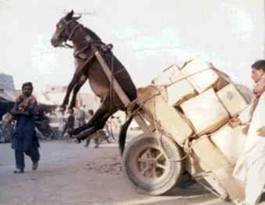


No comments:
Post a Comment